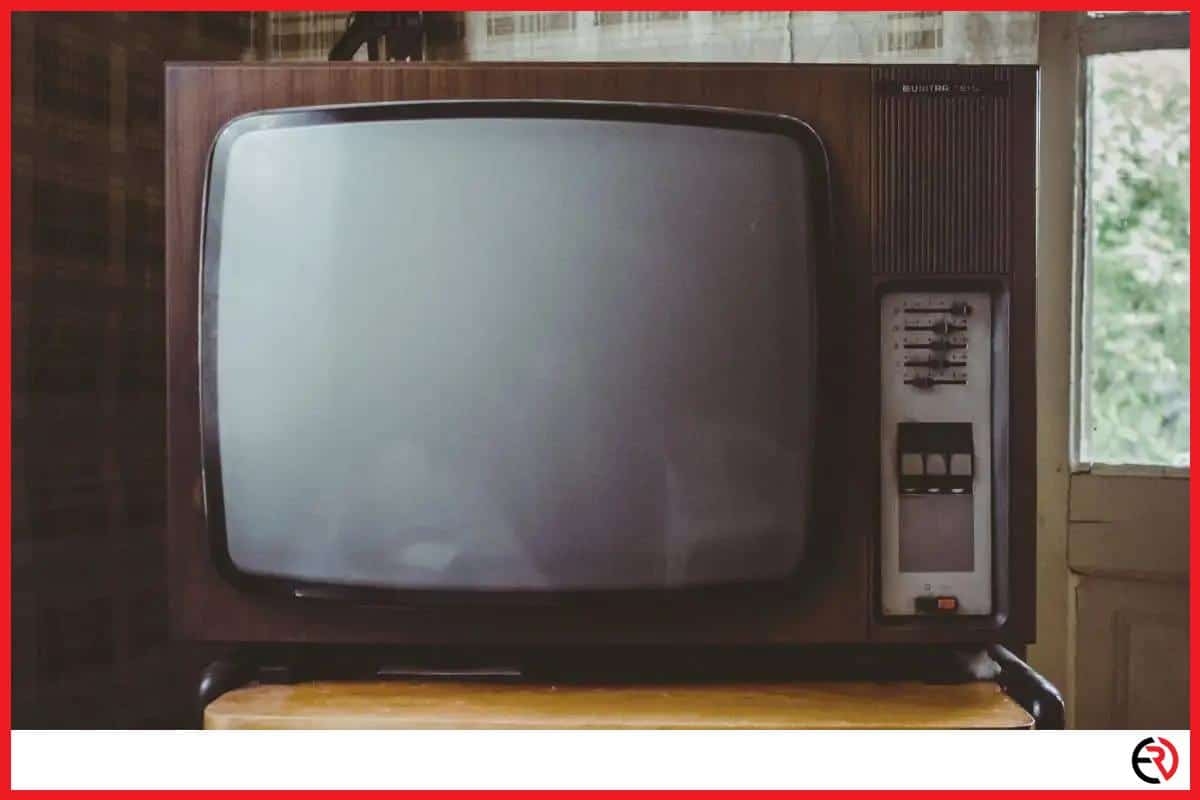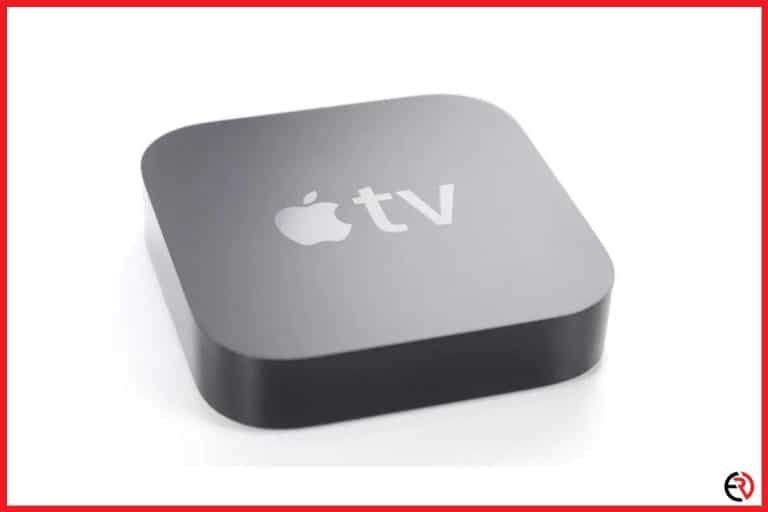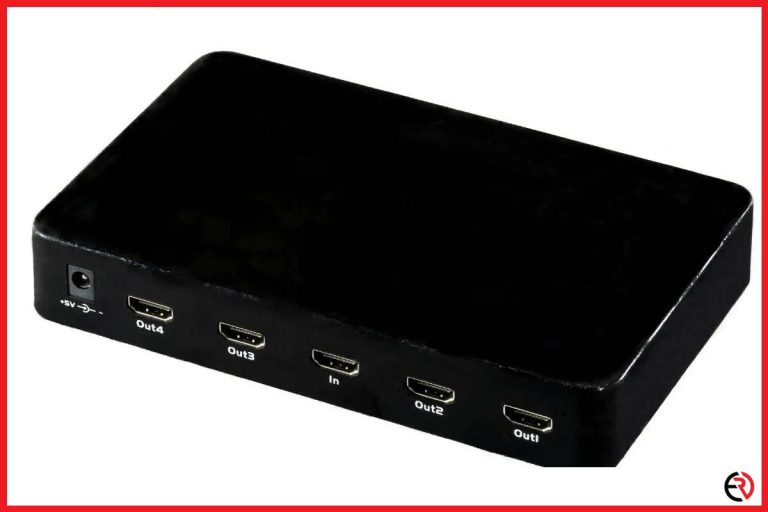Does Dolby Atmos Work on Any TV?
This post may contain affiliate links which means that, if you choose to make a purchase, I may earn a small commission at no extra cost to you.
Dolby Atmos is a worthy upgrade from traditional surround sound. It gives you a great 3D surround experience and pulls you into the content you watch. The technology is barely a decade old and has elevated the home theater experience to another level. While I recently upgraded to a Dolby Atmos receiver and home theater system, my TV is quite old. This made me wonder if Atmos is going to be supported on my TV.
While brands like to add Atmos-enabled as marketing jargon for TVs, you don’t need a Dolby Atmos TV to enjoy Dolby Atmos surround sound. The tech is usually enabled by receivers or speaker systems and with the right hardware, Dolby Atmos works on almost any TV.
Let’s take a deeper dive to figure out how Dolby Atmos works and why you don’t need to buy a new TV to enable it.
What is Dolby Atmos?
Unlike popular belief, Dolby Atmos isn’t a new sound format. Think of it as metadata. It’s information about the sound. Instead of mixing sound in channels, individual sounds are treated as objects and can move freely in 3D space.
Before Atmos, sound used to be mixed in channels. For instance, if two characters are speaking in the middle of the screen, both their voices would be mixed in the center channel. At home, you may have just one speaker for the center channel. However, theaters have multiple speakers for any single channel.
Dolby Atmos allows audio professionals to allocate sounds as objects in 3D space. This information can be decoded seamlessly in a commercial or home theater and can be represented by a single or multiple speakers at that location. It creates a more accurate surround sound that brings movies to life and draws you in.
Dolby Atmos and compatible sound signals
As mentioned above, Dolby Atmos isn’t the sound format or sound signal. It’s the metadata that holds information about the sound. So, what are we listening to? It turns out that Dolby Atmos is currently compatible with two sound signals from Dolby — TrueHD and Digital Plus.
Dolby TrueHD is the lossless high bandwidth format that audiophiles die for. However, right now it’s only limited to UHD Blu-ray discs and regular Blu-ray discs. The audio signal is transmitted over HDMI from a Blu-ray player to an AV receiver, soundbar, or TV. Atmos via TrueHD is also supported on certain media players like Plex that allow you to stream movies from your computer to your TV with an HDMI cable or wirelessly through the internet.
However, most people listen to Dolby Atmos with Dolby Digital Plus. It’s a lossy format that has lower bandwidth and has been optimized for streaming services. It is supported by a wide range of devices including phones, laptops, streaming boxes like Roku, Apple TV, and Amazon Fire Cube. Streaming services like Netflix and Amazon also use Dolby Atmos over Dolby Digital Plus.
TV for Dolby Atmos
You don’t need to buy a new TV to enjoy Dolby Atmos. Your TV has two speakers at most and it doesn’t make sense to have Dolby Atmos on it. Dolby Atmos does work with two drivers in very special cases. When you have a pair of headphones or earbuds, it can simulate virtual surround sound quite convincingly.
However, your TV speakers are too small even if you have them in a small room. Dolby Atmos TVs like the Sony X85J 55 Inch TV mostly pass the Atmos signal to the soundbar or receiver. That’s why you shouldn’t be tempted by the “Atmos-enabled” or “Dolby Atmos supported tag” on TVs.
Instead, Dolby Atmos is found in the extensions that your TV connects to. Everything from additional speakers, to receivers and even soundbars with upward-firing drivers. The only scenario where you may need an Atmos-enabled TV is when a streaming app on the smart TV requires native decoding. That’s when you need to invest serious dough in TVs like the LG OLED C1 Series 55” or Netflix is going to be a pain. More on that later.
Atmos compatibility
While you don’t need an Atmos-enabled TV or even speakers to enjoy Dolby Atmos, every other ingredient in your home theater system needs to be compatible. That means everything from the movie and the AV receiver to the soundbar and app or streaming platform needs to be compatible with Dolby Atmos. Have a look at this helpful chart:
| Atmos Compatibility | |
| Movie | Whether downloaded, streamed, or in the form of a physical disc, the movie needs to be encoded with Dolby Atmos |
| App | Amazon Prime Video, Amazon Prime Music, Tidal, Netflix, Apple Music, Plex, etc should be capable of delivering Dolby Atmos playback |
| Hardware | AV receiver or Soundbar must be Atmos compatible and it should connect with your TV or speakers via HDMI ARC or better instead of a digital audio optical cable. |
| Streaming Hardware | Apple TV 4KAmazon Fire TV CubeNvidia Shield TV and Shield TV Pro(2019 or later)Amazon Fire TV Stick (3rd Generation or later)Chromecast with Google TVChromecast Ultra |
However, that’s just the start of the puzzle. I was surprised to find out that if an app supports Atmos on one device, it doesn’t necessarily mean that it’s going to support it on another device. For instance, when I stream a movie from my laptop to the TV via Plex over Nvidia Shield TV, it supports both Dolby Atmos over Dolby Digital Plus and Dolby True HD. However, when I use Plex to stream to Apple TV 4K, it can’t take advantage of the higher bandwidth TrueHD format.
The easy way out is to play a Blu-ray disc on a Blu-ray player and connect it to your Atmos capable AV receiver via HDMI. That’s a guaranteed and hassle-free way to get the full Dolby Atmos experience. For anything else, I had to experiment and jump through several hoops before I could make it work.
You also need to make sure that you use HDMI eARC or HDMI ARC to pass through the audio signal. If you connect it via an optical cable, it’s not going to work. Even Dolby Atmos over the lossy Dolby Digital Plus format has high enough bandwidth to overpower an optical cable. That’s why your TV or receiver or soundbar would down-convert the audio to Dolby Digital 5.1(traditional planar surround sound).
The Netflix Dilemma
While I have subscribed to a lot of services, Netflix is always the first choice. That’s why it’s frustrating when it doesn’t work with Atmos in different situations. Unlike other streaming apps, Netflix wants playback devices to natively decode Atmos instead of passing it through to a compatible soundbar or receiver.
Most recent smart TVs support Dolby Atmos and can natively decode it. This makes absolutely no sense since I’m not going to use the two puny TV speakers when I want the real Atmos experience. That’s why users like me have to make a hard choice. I already have Amazon Prime and Apple TV subscriptions and I’m going to try them out as my primary streaming services for a few months.
Conclusion
You don’t need a Dolby Atmos TV for the most part since the sound signal passes through to your soundbar or receiver that decodes the signal and uses the available speakers accordingly. However, there are very special cases where you need native decoding on the TV. If you can’t do without Netflix, you may consider buying an Atmos-enabled TV. I hope this article was able to help you.








